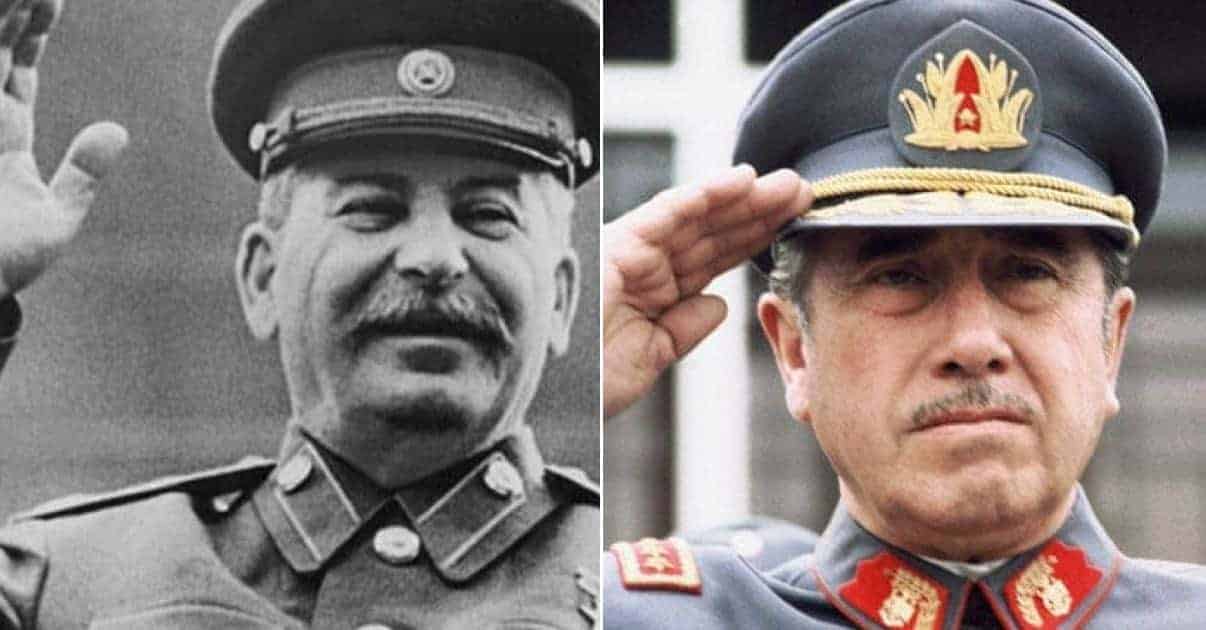The world has seen more than its share of cruel and despotic rulers. From the infamous, psychotic madness of Caligula, to the bloody massacres led by Genghis Khan, countries and many peoples have suffered under these regimes throughout history. Unfortunately, the twentieth century history of the world is replete with examples of less than stellar leadership. Corruption has been a major problem that has plagued political leadership throughout the ages and up to the present day. In Africa alone, corruption in governments after independence from colonial powers, has cost the continent roughly $150 billion annually according to a 2002 African Union study. But beyond corruption, violence and persecution against opposition groups and innocent people, have been a stain to many global nations. Good and fair governance have often been an exception rather than the rule.
Why has this happened and why does it continue in many countries? This is a difficult question to answer. Part of the blame certainly lies with former colonial powers of countries who enhanced tribal and political rivalries in order to maintain control over disparate populations. These rivalries would often turn into autocratic, one-party ruled systems after independence. Another is the lack of institutional checks and balances which can prevent the rise of these types of ultra-nationalistic or dictatorial regimes. The final part of the blame falls on those leaders who felt that absolute authority and even violent methods were needed to maintain “control.” Whatever the reasons, the following list of leaders reflect what occurred in many countries around the world and serves as a lesson to us all.

There is certainly no shortage of bad leaders in history to choose from. One example was Robert Mugabe who, until recently, was the long-time leader (37 years) of the country of Zimbabwe. His rule was finally ended through a military backed coup late last year. However, the focus was not on those that just followed undemocratic principles or were just corrupt. There also had to be other less than savory attributes exhibited by these leaders. A penchant for violence, murder, genocidal tendencies, and/or other deviancies were prerequisites to make this top ten list. These leader’s legacies have left indelible impressions of the countries they have once ruled – as well as the world. It is hoped that the twenty-first century will be a better one for good leaders around the globe

